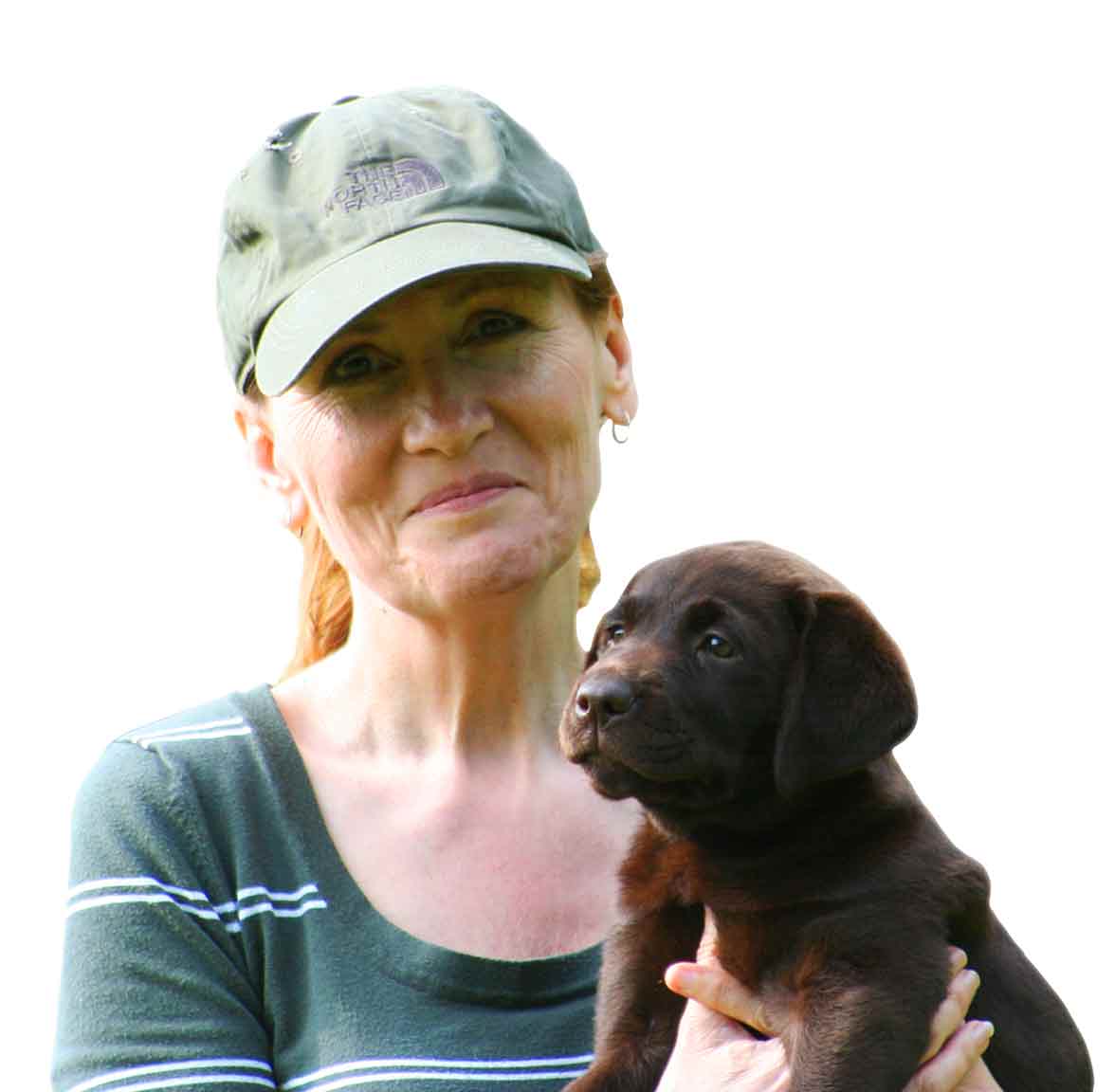
Looking For Dog Breed Information?
Notification of changes to our website

Hi there!
Dogsnet is changing! We are now focusing fully on dog training and pet parenting. So you may find that the breed review you were looking for has gone.
I’m sorry to disappoint you, but hope you’ll stick around for our awesome training guides and courses. We have lots of new ones in the pipeline.
Meanwhile, you can sign up for my email training tips using the box below
Good luck with your dog and hope to see you again soon!
Best wishes, Pippa.
Email Tips & Advice
Our mission is to promote kind and effective dog training methods worldwide, and to help our students become their dogs' best teacher.
We want to see more puppies given the start in life that they deserve, and more people enjoying their dogs.